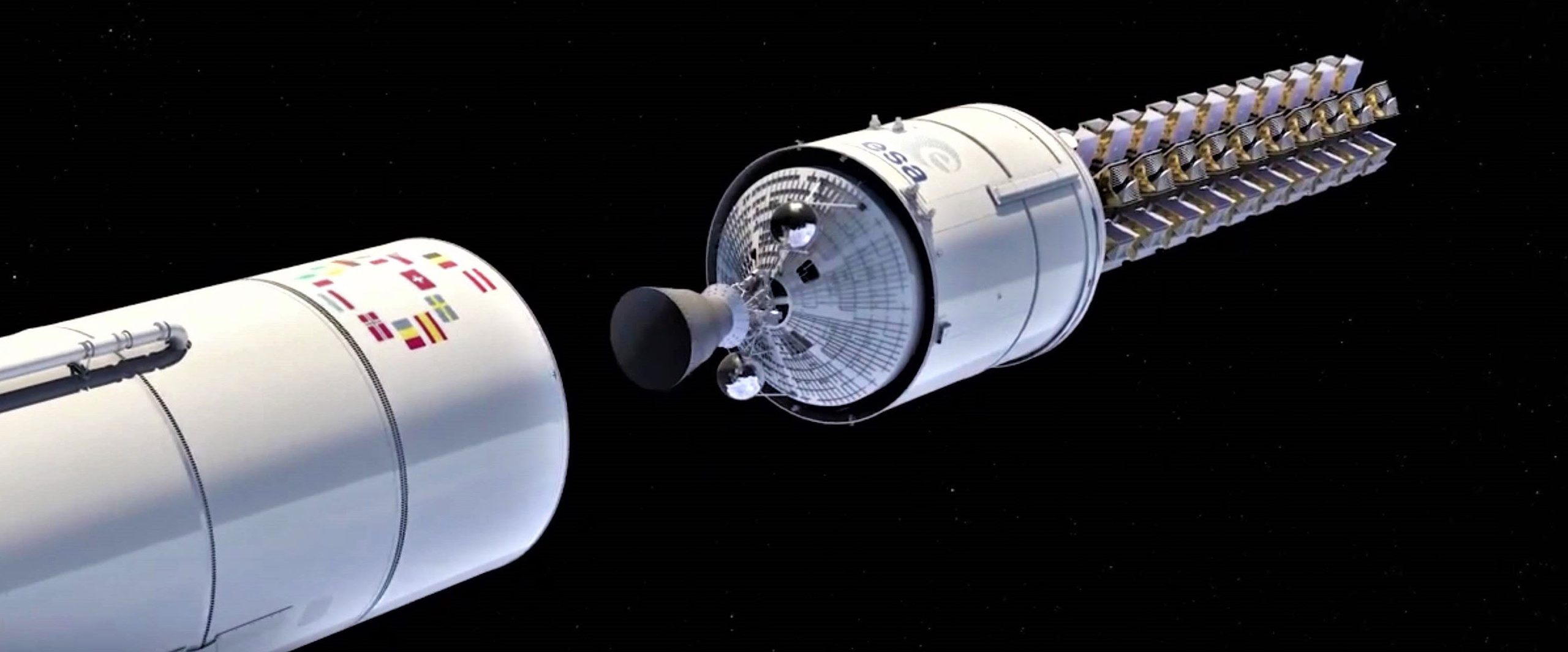
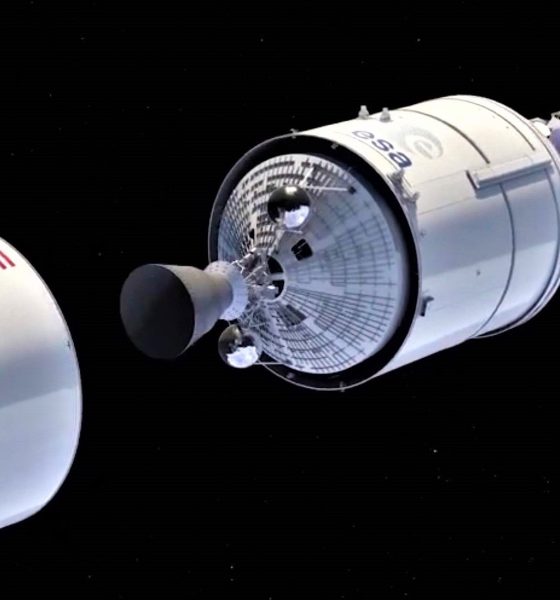
SpaceX
SpaceX’s Starlink satellite lawyers refute latest “flawed” OneWeb critique
After years of relentless legal badgering from internet satellite constellation competitor OneWeb, SpaceX’s regulatory and legal affairs team appears to have begun to (in a professional manner) lose patience with the constant barrage.
On February 21st, SpaceX published a withering refutation of 
SpaceX’s Starlink modification request
In late 2018, SpaceX filed a request with the FCC (Federal Communications Commission) that would allow the company to significantly modify parts of its Starlink satellite constellation license, cutting 16 spacecraft from the original total of 4425 and moving Phase 1’s now-1584 satellites from an operating altitude of ~1100-1300 km (680-810 mi) to just 550 km (340 mi). Aside from further reducing the latency of communications, SpaceX also argues that “the principal reason” behind lowering the operational altitude of the first ~37% of Starlink satellites was “to [further] enhance the already considerable space safety attributes of [the] constellation.”

The safety benefits of a significantly lower orbit come into play when the potential dangers of space debris come into play. Put simply, satellites in lower orbits – particularly orbits below ~1000 km – end up experiencing far more drag from the upper vestiges of the Earth’s atmosphere, drag that acts like an automatic switch in the event that a given LEO satellite loses control. At 500 km and below, even small spacecraft with enough surface area will automatically reenter Earth’s atmosphere within just a few years (~5), while orbits around 1000-1500 km can stretch the time to reentry by a factor of 5-10, often taking decades. In other words, SpaceX’s desire to lower the initial operating orbit of ~1600 Starlink satellites would end up dramatically reducing the consequences the failure of one or several satellites would have on other spacecraft operating in the same orbital regions
“Rather than base its critiques on facts in SpaceX’s application or evidence in the record, OneWeb relies entirely on a collection of flawed assumptions cobbled together into an equally-flawed fictional scenario.
Overall, OneWeb rested its interference analysis entirely on incorrect assumptions and overlooked basic operational distinctions in the actual effect of the proposed SpaceX modification.”
A step further, there is a great deal more irony to be found in
SpaceX never explicitly says as much but it becomes eminently clear that the authors behind this latest response are rapidly losing patience with OneWeb’s years of shoddy attempts at legally suppressing competition. Given that lowering the orbits of almost 40% of SpaceX’s first round of Starlink satellites would end up working in
“OneWeb is now challenging SpaceX’s plan to reduce altitude to further enhance the space safety attributes of its system. Considering OneWeb’s frequent request that SpaceX take this exact step of moving farther away from OneWeb’s proposed constellation, one is left to wonder whether OneWeb would be satisfied with SpaceX operating at any altitude whatsoever.“
SpaceX, 02/21/2019

SpaceX takes a different approach
Aside from seemingly hollow concerns about the “safety” of SpaceX’s request to lower Starlink satellite orbits, OneWeb further criticized SpaceX for what it perceived to be “operational setbacks” after launching a duo of prototype Starlink spacecraft, known as Tintin A and B. In essence, it appears that OneWeb made the bizarre decision to cite officially-unconfirmed and often-disputed reports that SpaceX’s prototypes were unable to reach their originally planned operational orbits of ~1125 km, effectively trapped at the ~515 km orbit they were dropped off in as a result of their shared launch.
“SpaceX originally expected to operate these satellites at approximately 515 km and then raise them to an altitude of 1,125 km for further testing, but chose not to do so. From this, OneWeb leaps to an unsupported conclusion that SpaceX’s experimental satellites faced “operational setbacks.” To the contrary, SpaceX made a conscious decision to remain at this optimal altitude for further experimentation.
Far from facing setbacks, the experimental program has validated SpaceX technology – including the Hall-effect thruster propulsion system and the capabilities of the communications payload. Thus, unlike OneWeb, SpaceX has successfully tested its spacecraft design in advance of initiating deployment of its commercial constellation.”
SpaceX, 02/21/2019
While there was, in fact, some plausible evidence in mid-2018 that at least tentatively suggested that the spacecraft may have had issues with their first-generation ion thruster prototypes, it soon became clear that SpaceX and several major investors were sticking to the narrative that the Tintin twins were operating in fine health in orbit. It’s possible that SpaceX’s legal team and government relations executives are trying to aggressively spin on-orbit difficulties with the prototypes into good news, and the fact that SpaceX is requesting a modification to 550 km instead of Tintin A and B’s ~520 km orbits remains more than a little odd. However, including such brazen and open-faced lies in official legal/regulatory documents would be a deathwish SpaceX’s Starlink license in its entirety, while also begging for major SpaceX-aimed lawsuits and a general black cloud forming over the company.
If the FCC ultimately chooses to permit SpaceX’s Starlink license modification, the company’s first more or less operational Starlink launch – likely carrying anywhere from 10 to 30 satellites – could occur as early as late April or early May.
Check out Teslarati’s Marketplace! We offer Tesla accessories, including for the Tesla Cybertruck and Tesla Model 3.

News
SpaceX reportedly mulling IPO, eyeing largest of all time: report
“I do want to try to figure out some way for Tesla shareholders to participate in SpaceX. I’ve been giving a lot of thought to how to give people access to SpaceX stock,” Musk said.
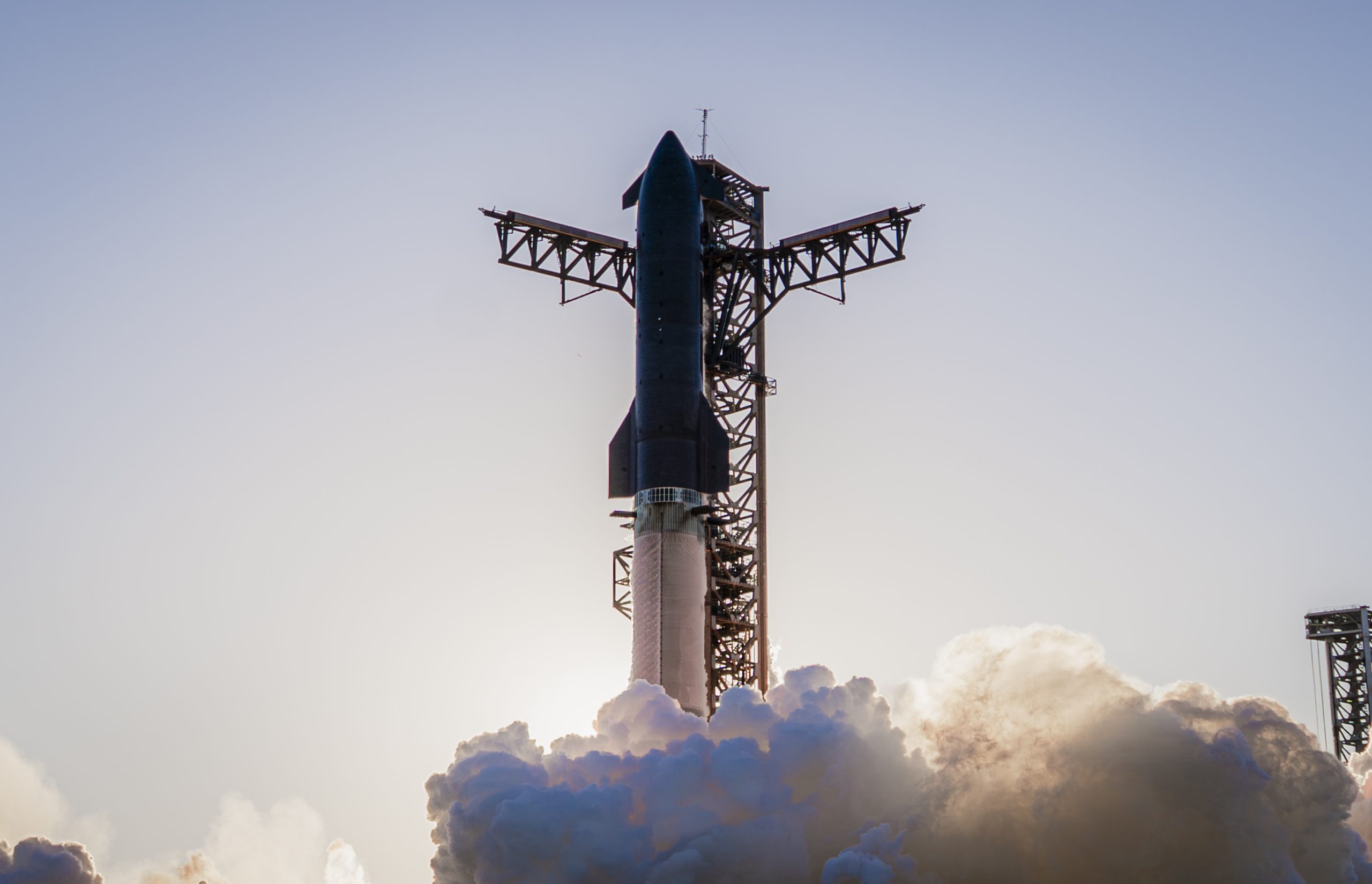
SpaceX is reportedly mulling an initial public offering, eyeing what would be the largest valuation at the time of availability of all time, a new report from Bloomberg said on Tuesday.
It is one of many reports involving one of Elon Musk’s companies and a massive market move, as this is not the first time we have seen reports of an IPO by SpaceX. Musk himself has also dispelled other reports in the past of a similar nature, including an xAI funding round.
SpaceX and Musk have yet to comment on the report. In the past, untrue reports were promptly replied to by the CEO; this has not yet gained any response, which is a good sign in terms of credibility.
However, he said just a few days ago that stories of this nature are inaccurate:
“There has been a lot of press claiming SpaceX is raising money at $800B, which is not accurate. SpaceX has been cash flow positive for many years and does periodic stock buybacks twice a year to provide liquidity for employees and investors. Valuation increments are a function of progress with Starship and Starlink and securing global direct-to-cell spectrum that greatly increases our addressable market. And one other thing that is arguably most significant by far.”
There has been a lot of press claiming @SpaceX is raising money at $800B, which is not accurate.
SpaceX has been cash flow positive for many years and does periodic stock buybacks twice a year to provide liquidity for employees and investors.
Valuation increments are a…
— Elon Musk (@elonmusk) December 6, 2025
Musk has discussed a potential IPO for SpaceX in recent months, as the November 6 shareholder meeting, as he commented on the “downsides” of having a public company, like litigation exposure, quarterly reporting pressures, and other inconveniences.
Nevertheless, Musk has also said he wants there to be a way for Tesla shareholders to get in on the action. At the meeting in early November, he said:
“I do want to try to figure out some way for Tesla shareholders to participate in SpaceX. I’ve been giving a lot of thought to how to give people access to SpaceX stock.”
Additionally, he added:
“Maybe at some point., SpaceX should become a public company despite all the downsides of being public.”
Musk has been historically reluctant to take SpaceX public, at times stating it could become a barrier to colonizing Mars. That does not mean it will not happen.
Bloomberg’s report cites multiple unidentified sources who are familiar with the matter. They indicate to the publication that SpaceX wants to go public in mid-to-late 2026, and it wants to raise $30 billion at a valuation of around $1.5 trillion.
This is not the first time SpaceX has discussed an IPO; we reported on it nine years ago. We hope it is true, as the community has spoken for a long time about having access to SpaceX stock. Legendary investor Ron Baron is one of the lucky few to be a SpaceX investor, and said it, along with Tesla, is a “lifetime investment.”
Tesla bull Ron Baron reveals $100M SpaceX investment, sees 3-5x return on TSLA
The primary driver of SpaceX’s value is Starlink, the company’s satellite internet service. Starlink contributes 60-70 percent of SpaceX’s revenue, meaning it is the primary value engine. Launch services, like Falcon 9 contracts, and the development of Starship, also play supporting roles.
News
SpaceX reaches incredible milestone with Starlink program
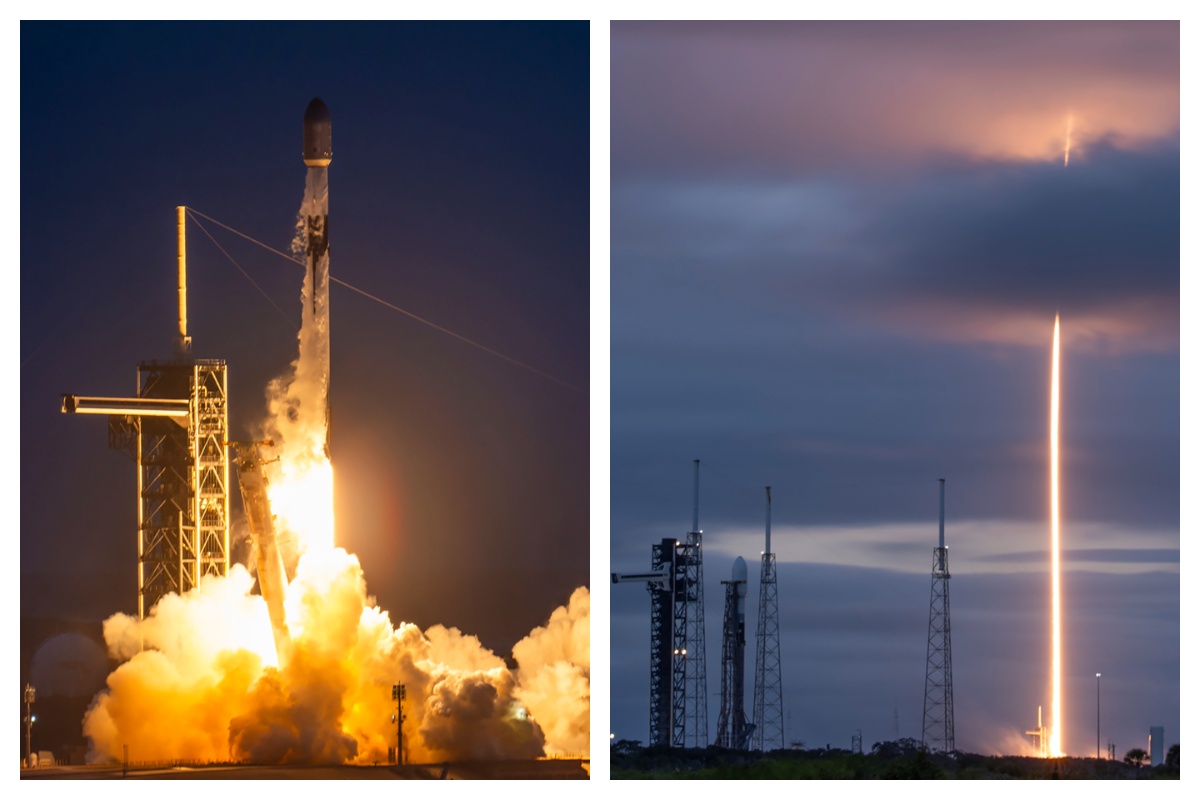
SpaceX reached an incredible milestone with its Starlink program with a launch last night, as the 3,000th satellite of the year was launched into low Earth orbit.
On Monday, SpaceX also achieved its 32nd flight with a single Falcon 9 rocket from NASA’s Kennedy Space Center.
The mission was Starlink 6-92, and it utilized the Falcon 9 B1067 for the 32nd time this year, the most-used Falcon booster. The flight delivered SpaceX’s 3000th Starlink satellite of the year, a massive achievement.
There were 29 Starlink satellites launched and deployed into LEO during this particular mission:
Falcon 9 launches 29 @Starlink satellites from Florida pic.twitter.com/utKrXjHzPN
— SpaceX (@SpaceX) December 9, 2025
SpaceX has a current goal of certifying its Falcon boosters for 40 missions apiece, according to Spaceflight Now.
The flight was the 350th orbital launch from the nearby SLC-40, and the 3,000 satellites that have been successfully launched this year continue to contribute to the company’s goal of having 12,000 satellites contributing to global internet coverage.
There are over five million users of Starlink, the latest data shows.
Following the launch and stage separation, the Falcon 9 booster completed its mission with a perfect landing on the ‘Just Read the Instructions’ droneship.
The mission was the 575th overall Falcon 9 launch, highlighting SpaceX’s operational tempo, which continues to be accelerated. The company averages two missions per week, and underscores CEO Elon Musk’s vision of a multi-planetary future, where reliable connectivity is crucial for remote work, education, and emergency response.
As Starlink expands and works toward that elusive and crucial 12,000 satellite goal, missions like 6-92 pave the way for innovations in telecommunications and enable more internet access to people across the globe.
With regulatory approvals in over 100 countries and millions of current subscribers, SpaceX continues to democratize space, proving that reusability is not just feasible, but it’s also revolutionary.
Elon Musk
Elon Musk gives nod to SpaceX’s massive, previously impossible feat
It was the booster’s 30th flight, a scenario that seemed impossible before SpaceX became a dominant force in spaceflight.
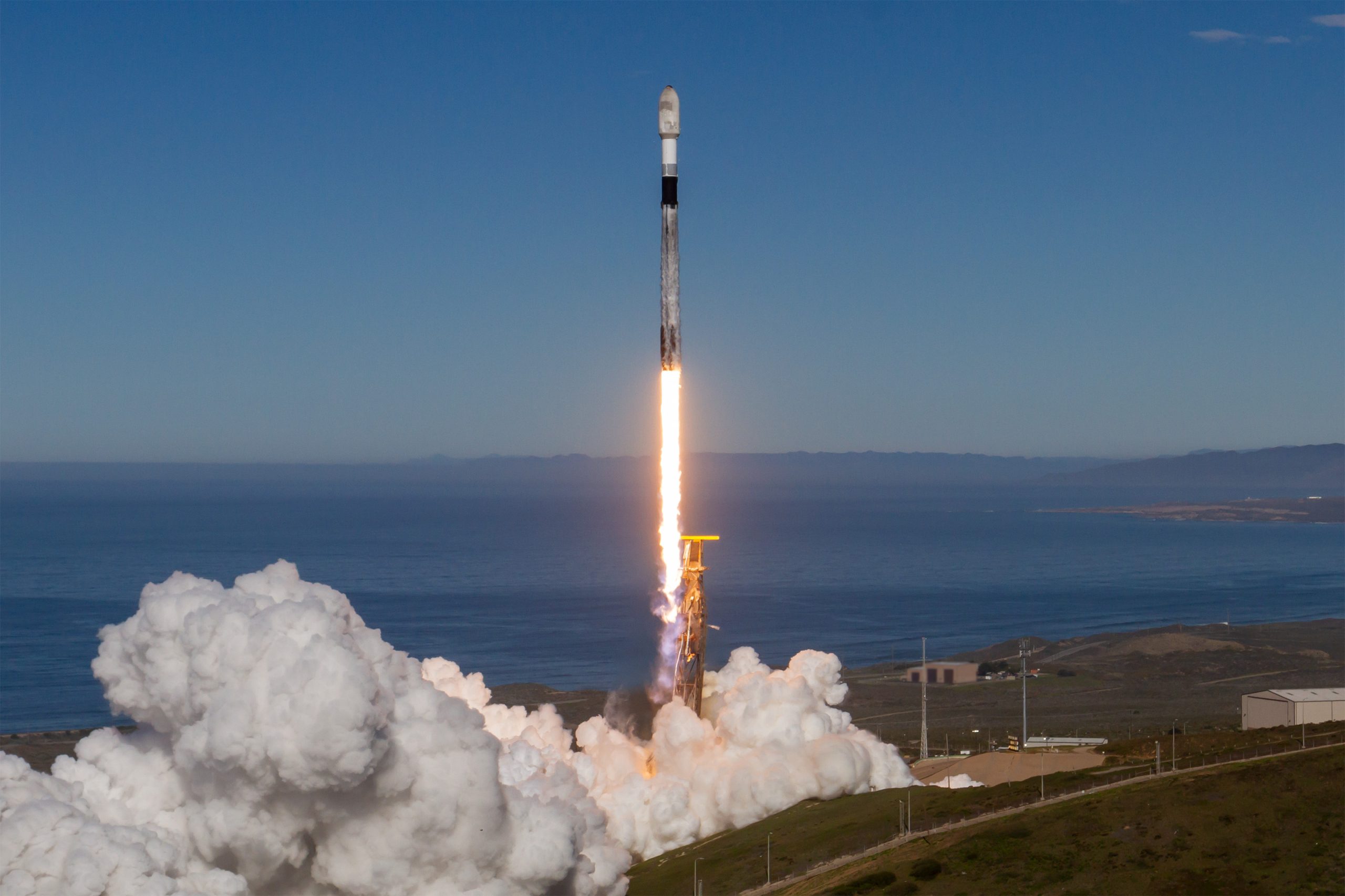
Elon Musk gave a nod to one of SpaceX’s most underrated feats today. Following the successful launch of the Transporter-15 mission, SpaceX seamlessly landed another Falcon 9 booster on a droneship in the middle of the ocean.
It was the booster’s 30th flight, a scenario that seemed impossible before SpaceX became a dominant force in spaceflight.
Elon Musk celebrates a veteran Falcon 9 booster’s feat
SpaceX completed another major milestone for its Smallsat Rideshare program on Friday, successfully launching and deploying 140 spacecraft aboard a Falcon 9 from Vandenberg Space Force Base. The mission, known as Transporter-15, lifted off two days later than planned after a scrub attributed to a ground systems issue, according to SpaceFlight Now. SpaceX confirmed that all payloads designed to separate from the rocket were deployed as planned.
The Falcon 9 used for this flight was booster B1071, one of SpaceX’s most heavily flown rockets. With its 30th mission completed, it becomes the second booster in SpaceX’s fleet to reach that milestone. B1071’s manifest includes five National Reconnaissance Office missions, NASA’s SWOT satellite, and several previous rideshare deployments, among others. Elon Musk celebrated the milestone on X, writing “30 flights of the same rocket!” in his post.
Skeptics once dismissed reusability as unfeasible
While rocket landings are routine for SpaceX today, that was not always the case. Industry veterans previously questioned whether reusable rockets could ever achieve meaningful cost savings or operational reliability, often citing the Space Shuttle’s partial reusability as evidence of failure.
In 2016, Orbital ATK’s Ben Goldberg argued during a panel that even if rockets could be reusable, they do not make a lot of sense. He took issue with Elon Musk’s claims at the time, Ars Technica reported, particularly when the SpaceX founder stated that fuel costs account for just a fraction of launch costs.
Goldberg noted that at most, studies showed only a 30% cost reduction for low-Earth orbit missions by using a reusable rocket. “You’re not going to get 100-fold. These numbers aren’t going to change by an order of magnitude. They’re just not. That’s the state of where we are today,” he said.
Former NASA official Dan Dumbacher, who oversaw the Space Launch System, expressed similar doubts in 2014, implying that if NASA couldn’t make full reusability viable, private firms like SpaceX faced steep odds.












